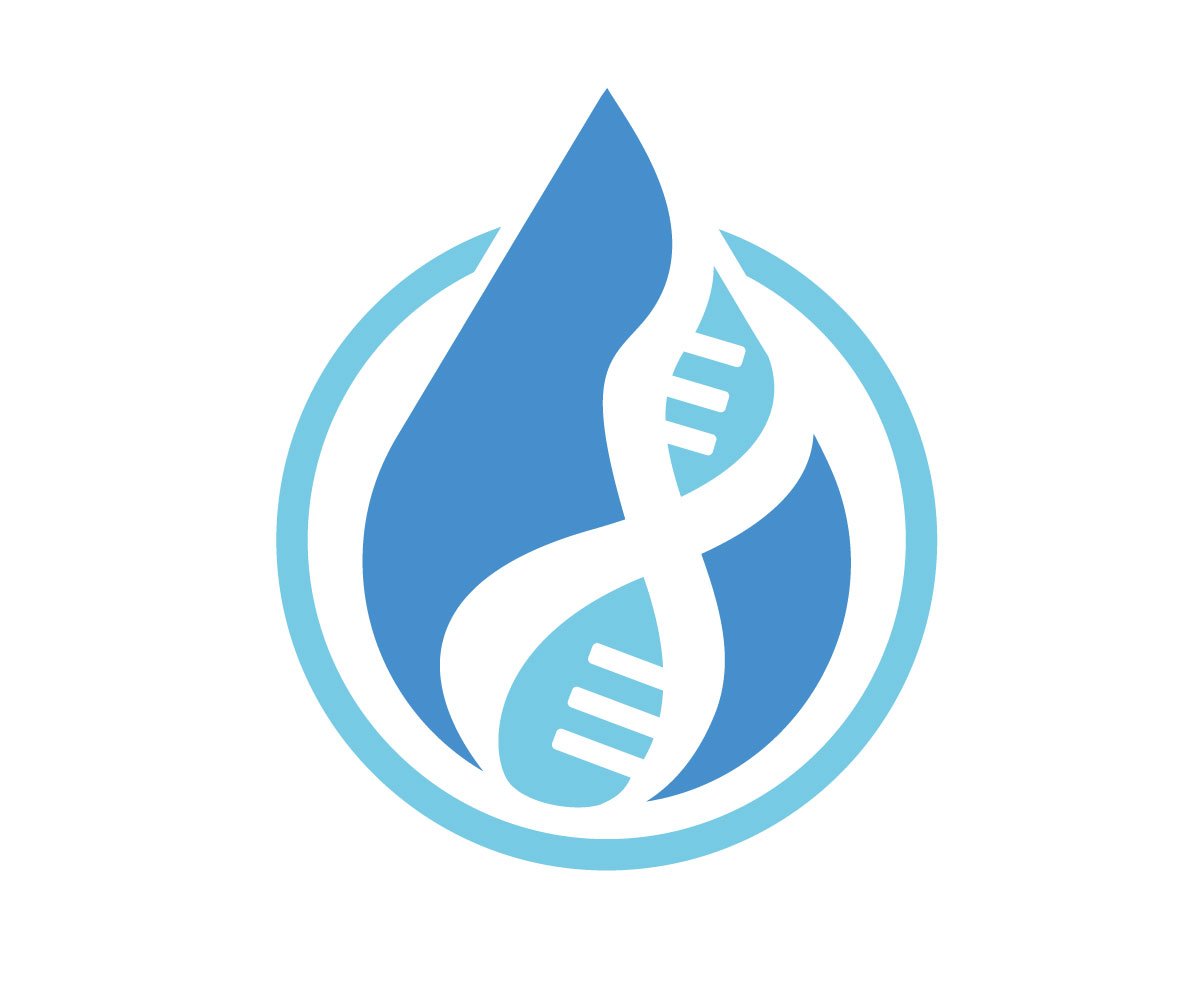Alzheimer’s Disease - Key Points to Know in Light of the New 23andMe Reports
Jamie is a board certified and licensed genetic counselor. She provides genetic counseling to people and families with or at risk for inherited neurodegenerative disease, including Alzheimer’s disease, frontotemporal dementia, prion disease, Huntington’s disease, amytrophic lateral sclerosis, and ataxia.
Sign up to read this post
Join Now

